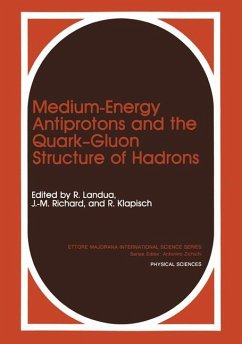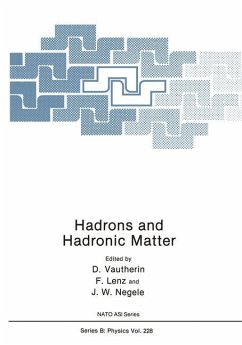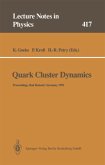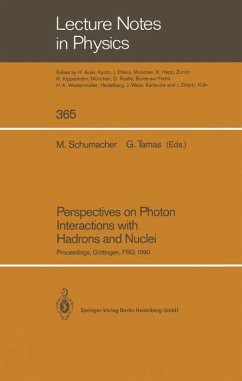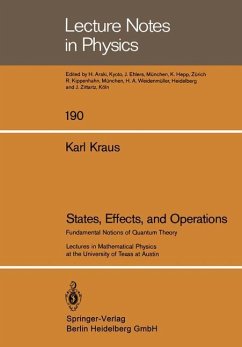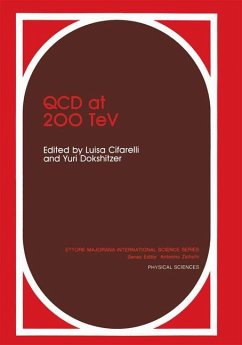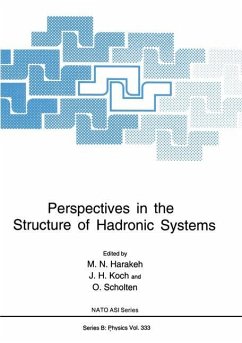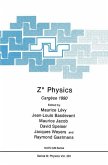The fourth course of the International School on Physics with Low Energy Antiprotons was held in Erice, Sicily, at the Ettore Majorana Centre for Scientific Culture from 25 to 31 January, 1990. The previous courses covered topics related to fundamental symmetries, light and heavy quark spectroscopy, and antiproton-nucleus interactions. The purpose of this school is to review theoretical and experimental aspects of low energy antiproton physics concerning the quark-gluon structure of hadrons and the dynamics of the. antiproton-nucleon interaction. Another important objective is the discussion of future directions of research with low-and medium-energy antiprotons in the context of future medium energy facilities at CERN and elsewhere. These proceedings contain both the tutorial lectures and the various contributions presented during the school by the participants. The proceedings have been organised in three sections. The first section is devoted to the theoretical lectures and contributions. The selection of the various subjects wants to emphasize the correlation between antiproton-nucleon physics and the underlying description in terms of quarks and gluons. The second section contains an overview about 35 years of experiments with antiprotons. It gives an introduction to the particle physics aspects of the field by outlining the historical development of experiment and theory, and by describing the motivation and the results of three recent LEAR experiments in more detail. The third section contains most of the contributions of the participants describing in more detail certain aspects of current or planned experiments at LEAR.
Hinweis: Dieser Artikel kann nur an eine deutsche Lieferadresse ausgeliefert werden.
Hinweis: Dieser Artikel kann nur an eine deutsche Lieferadresse ausgeliefert werden.

